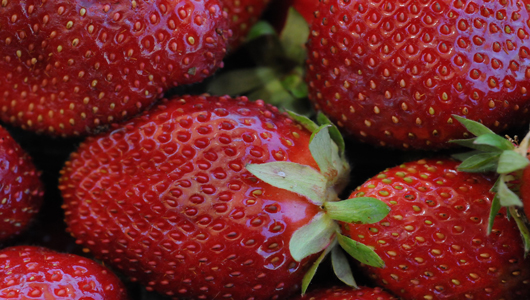Lygus Bug Control in Strawberries
Lygus Bug Control in Strawberries Can Prevent Significant Damage
By Patrick Cavanaugh, Deputy Editor
In the coastal areas of California where the majority of strawberries are grown, the top pest pressure comes from the lygus bug. Hillary Thomas, senior production research manager with Watsonville-based California Strawberry Commission, works on lygus bug control in strawberries, as it causes significant damage to the crop each season.
“We conservatively attribute between $150 and $250 million in damage each year to the lygus bug alone,” Thomas said. “We have only a few tools to handle this pest, including insecticide and vacuums, that can be used for the strawberry industry.”
Thomas explained vacuum use is widespread by both conventional and organic growers despite its drawbacks, beginning with the huge investment required by the grower. The vacuum is generally tractor-mounted with three or four vacuum fume hoods to one hydraulic system, and the entire vacuum system runs off the tractor’s PTO (power takeoff). The vacuum is so difficult to remove, it is typically installed on the tractor for the entire season.
Therefore, current research aims to make the vaccuum more useful, according to Thomas, by focusing on technological innovations to improve vacuum efficiency. She explained, “We are literally trying to suck up as many bugs as possible by moving the largest cubic volume of air and killing all the insects that move through the vacuum. We have created some standard operating procedures for vacuums as well as recommended short-term modifications to improve their efficiency by 25 percent. The Commission has also developed a series of trainings to disseminate information on the best management practices vacuums for growers.















